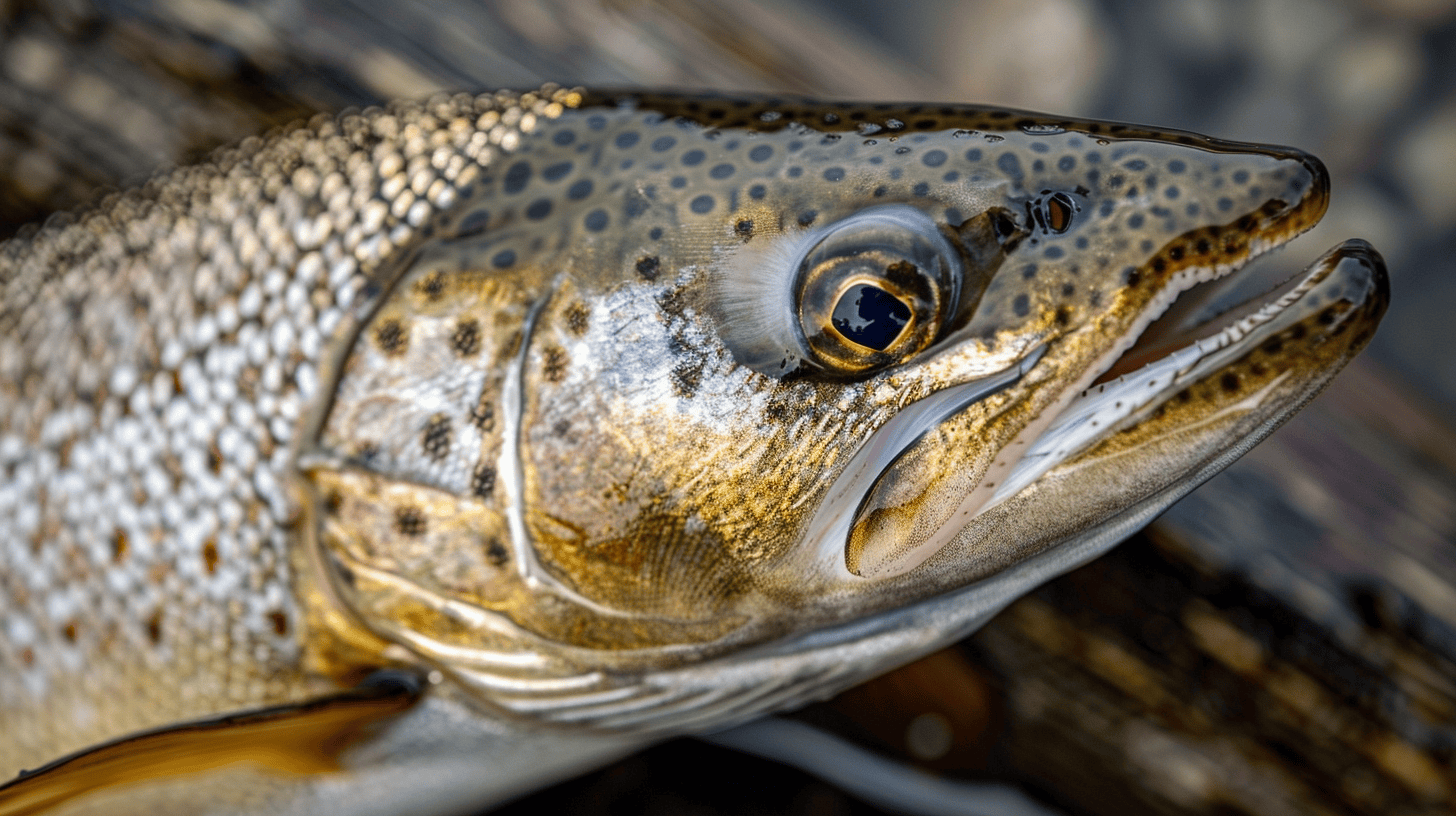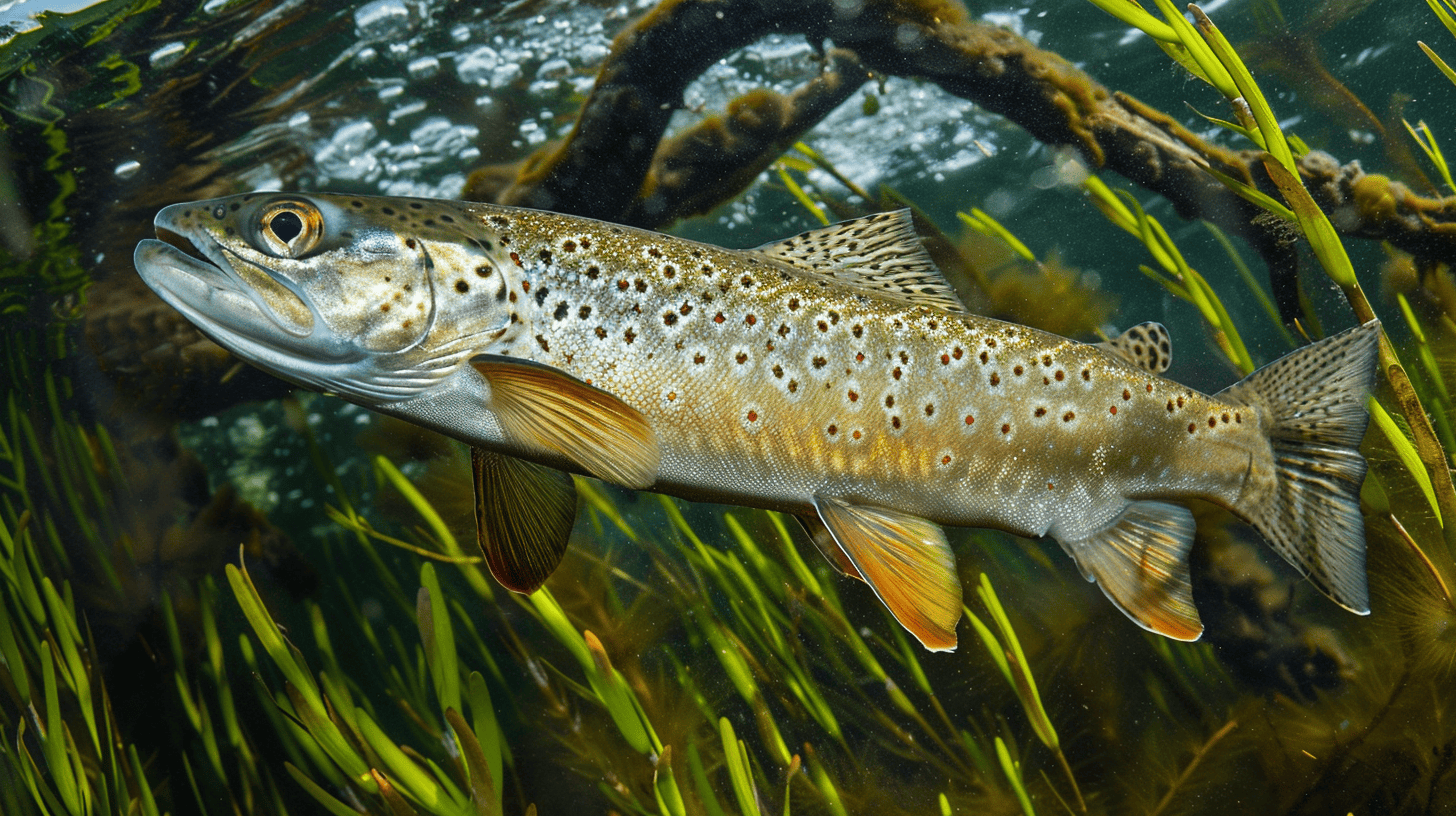
Welcome to our second Species Spotlight! Today, we’ll be looking at one of the most sought-after species in our waters: the speckled trout. Known for their striking appearance and exciting fight, speckled trout are a favorite among our guests. Let’s dive into the details about these fascinating fish, including their habits, preferred bait, and some fun facts!
About Speckled Trout
Speckled trout, also known as spotted seatrout (Cynoscion nebulosus), are a prominent game fish in the coastal waters of the Gulf of Mexico. Recognizable by their elongated bodies adorned with black spots along their back and fins, these fish are a true marvel of nature. Their silvery bodies often shimmer under the sunlight, making them a visually striking catch. They belong to the drum family, which also includes redfish, black drum, and weakfish.
Habits & Habitat
Speckled trout thrive in estuarine environments, preferring the brackish waters where rivers meet the sea. They are often found in shallow bays, seagrass beds, and along coastal shorelines, which provide ample cover and abundant food sources. Speckled trout are most active during dawn and dusk, taking advantage of lower light conditions to hunt their prey. During cooler months, they tend to move to deeper waters, while in warmer seasons, they are commonly found in shallower areas.
Seasonal Movements: Throughout the year, speckled trout exhibit distinct seasonal movements. In the spring and fall, they can be found in shallow grass flats and coastal bays, where they feed aggressively. During the hot summer months, they often seek deeper, cooler waters, while in the winter, they might move to deeper channels and basins to stay warm.
Feeding Behavior: Speckled trout are opportunistic feeders, preying on a variety of small fish and crustaceans. They use their keen senses to detect vibrations and movements in the water, making them effective hunters. Their diet mainly consists of shrimp, crabs, and small fish like mullet and menhaden.
Preferred Bait and Techniques
To successfully catch speckled trout, it’s essential to understand their feeding habits and preferences. Here are some tips on the best bait and techniques:
Live Bait: Speckled trout are particularly fond of live bait. Shrimp, mullet, and pinfish are excellent choices. Using live bait under a popping cork can attract their attention, mimicking the natural movements of their prey. The popping sound and movement created by the cork can entice trout to strike.
Artificial Lures: Soft plastics, particularly those that mimic shrimp or small fish, are highly effective. Jigs with soft plastic tails in colors like chartreuse, white, or pink often yield good results. Topwater lures can also be thrilling to use, especially during low-light conditions when trout are actively hunting on the surface. Other effective lures include crankbaits, spoons, and swimbaits.
Fishing Techniques: Drifting or slowly trolling over grass flats and oyster beds can be productive. Casting near structures such as docks, jetties, and mangroves can also yield catches. When using artificial lures, a slow and steady retrieve with occasional twitches can entice speckled trout to strike. Fly fishing is another exciting method, with patterns that mimic shrimp or small baitfish being particularly effective.
Tips for Success
Timing: Fish during the early morning or late evening for the best chances of success. Overcast days can also provide excellent fishing conditions.
Tides: Pay attention to the tides. Moving water simulates feeding activity, making the periods around high and low tides ideal for fishing.
Patience: Be patient and persistent. Speckled trout can be finicky, so experimenting with different baits and techniques can help you find what works best on any given day.
Fun Facts About Speckled Trout

Longevity and Size: Speckled trout can live up to 10 years, with some individuals growing up to 30 in length and weighing over 10 pounds. The average catch, however, is typically around 15-20 inches. Female trout generally grow larger than males and can produce millions of eggs during a spawning season.
Spawning: These fish spawn from spring through summer, with peak activity occurring when water temperatures are between 70°F and 85°F. During spawning, males produce a drumming sound to attract females. This sound is created by vibrating their swim bladders, a characteristic behavior of the drum family.
Color Changes: Speckled trout can change color depending on their environment. This ability helps them blend in with their surroundings and evade predators. They can appear darker in murky waters and lighter in clearer conditions.
Popularity: Due to their excellent taste and sport fishing value, speckled trout are one of the most popular inshore fish species among anglers along the Gulf Coast. They are prized for their delicate, white flesh and are commonly featured in seafood dishes.
Catch and Release: Conservation efforts have promoted catch and release practices to help maintain healthy populations. Handling trout carefully and using circle hooks can increase their survival rates when released.
Conclusion
Speckled trout are a prized catch here at Whiskey Bayou Charters. Whether you’re a seasoned fisherman or a novice, the experience of catching these beautiful fish is unparalleled. Their fighting spirit, combined with their beauty, makes them a favorite among anglers.
Join us for an adventure on the water, and you might just land a trophy speckled trout of your own! Our experienced guides will provide you with all the knowledge and equipment you need to have a successful and enjoyable fishing trip. Book your trip with Whiskey Bayou Charters today and immerse yourself in the excitement of fishing for speckled trout. Tight lines and happy fishing!

